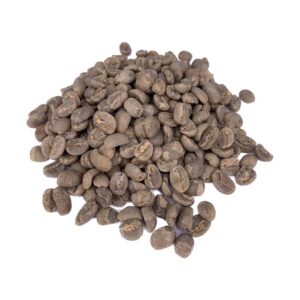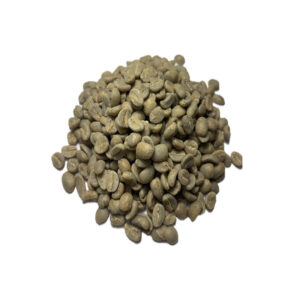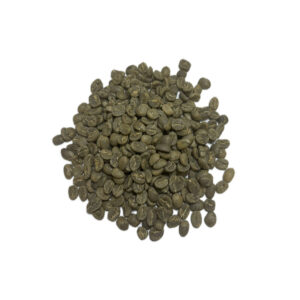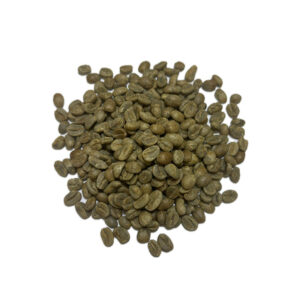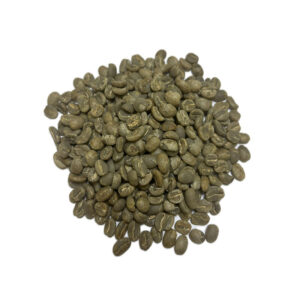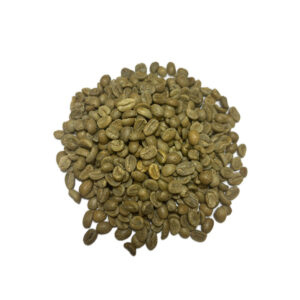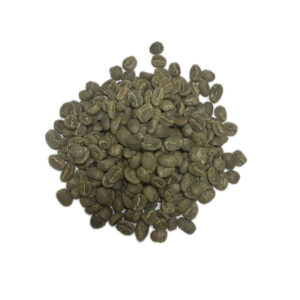From 24 to 30 November
Black Week Offers
- Free shipping!
- On green coffee orders over €1,500
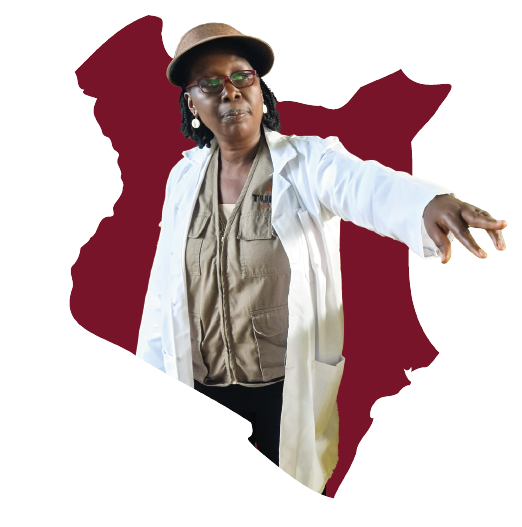
The history of Kenyan coffee begins with the country’s history as a British colony, in 1893 missionaries imported Brazilian coffee to Kenya introducing this beloved beverage. In 1895 when the British colonized Kenya, they took control of all crops, including coffee, declaring that certain crops would only be grown by white settlers and Africans were to provide cheap labor, coffee was one of these crops.
After the Mau Mau war-which lasted from 1952 to 1960-some Africans were allowed to grow coffee, but with strict controls on the amount of plants they could grow and the amount of coffee they could produce. prohibiting the use of coffee beans as a beverage directly. Coffee had to be processed and marketed centrally, the best coffee in the country was exported and only the worst quality coffee was sold locally. This resulted in generations of native Kenyans never knowing that their country produced the best coffee in the world.
In 1960 Kenyans began to take possession of the cultivation and manufacture of their beans, however, there were still endless government restrictions on the coffee processing process. Through bold reforms and the courage of many Kenyans, farmers began to produce and manufacture their products in a freer way, changing the future of Kenyan coffee forever.
Currently, Kenya has an estimated population of 51.3 million inhabitants, and an area of 580,367 km, divided into 18 coffee growing regions and 110,000 hectares of Arabica coffee are cultivated, generating more than 700,000 jobs.
Kenyan coffee is grown on well-drained, phosphate-rich red volcanic soils around the slopes and foothills of Mount Kenya, the Aberdade Ranges, Mount Elgon, the Kisisl Highlands and parts of the Rift Valley. Kenya’s climate contributes to the successful cultivation of great coffees with summer temperatures never hotter than summer in Europe and never cooler than the perfect European spring, along with a perfect temperature, rainfall is fairly evenly distributed throughout the year. These climatic conditions are ideal for coffee plants to thrive.
In Kenya, the coffee industry stands out for its cooperative system of production, processing, marketing and auction system in which more than six million Kenyans are involved. Sixty percent of Kenya’s coffee is produced in cooperatives, with farms making up the remainder.
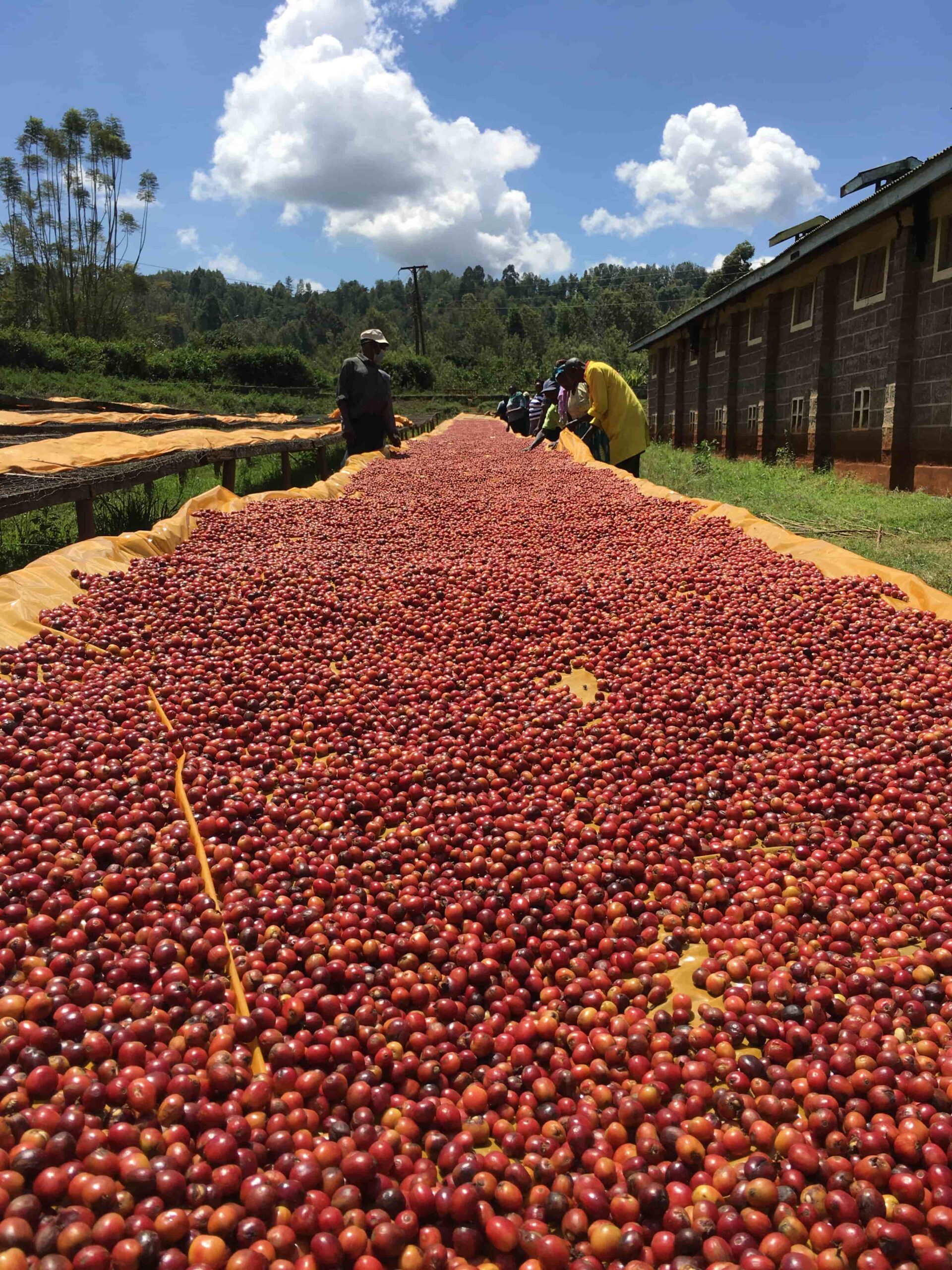
The Coffee region of Bungoma has an estimated population of 1.6 million inhabitants and its surface area is 2,207 km². This region has 3 Coffee districts that cultivate more than 6,413 hectares of Arabica variety coffee of the SL28, SL34 and Batian varietals, Bungoma is the 10th largest coffee growing region in the country.

The coffee-growing region of Embu is located in the center-south of the country, has an estimated population of 608,599 inhabitants and a surface area of 2,821 km². has 6 Coffee Districts that are home to more than 38,500 families that cultivate more than 6,835 hectares of Arabica coffee of the SL28, K7, Ruiru and Batian varietals, Embu is the 7th largest coffee growing region in the country.
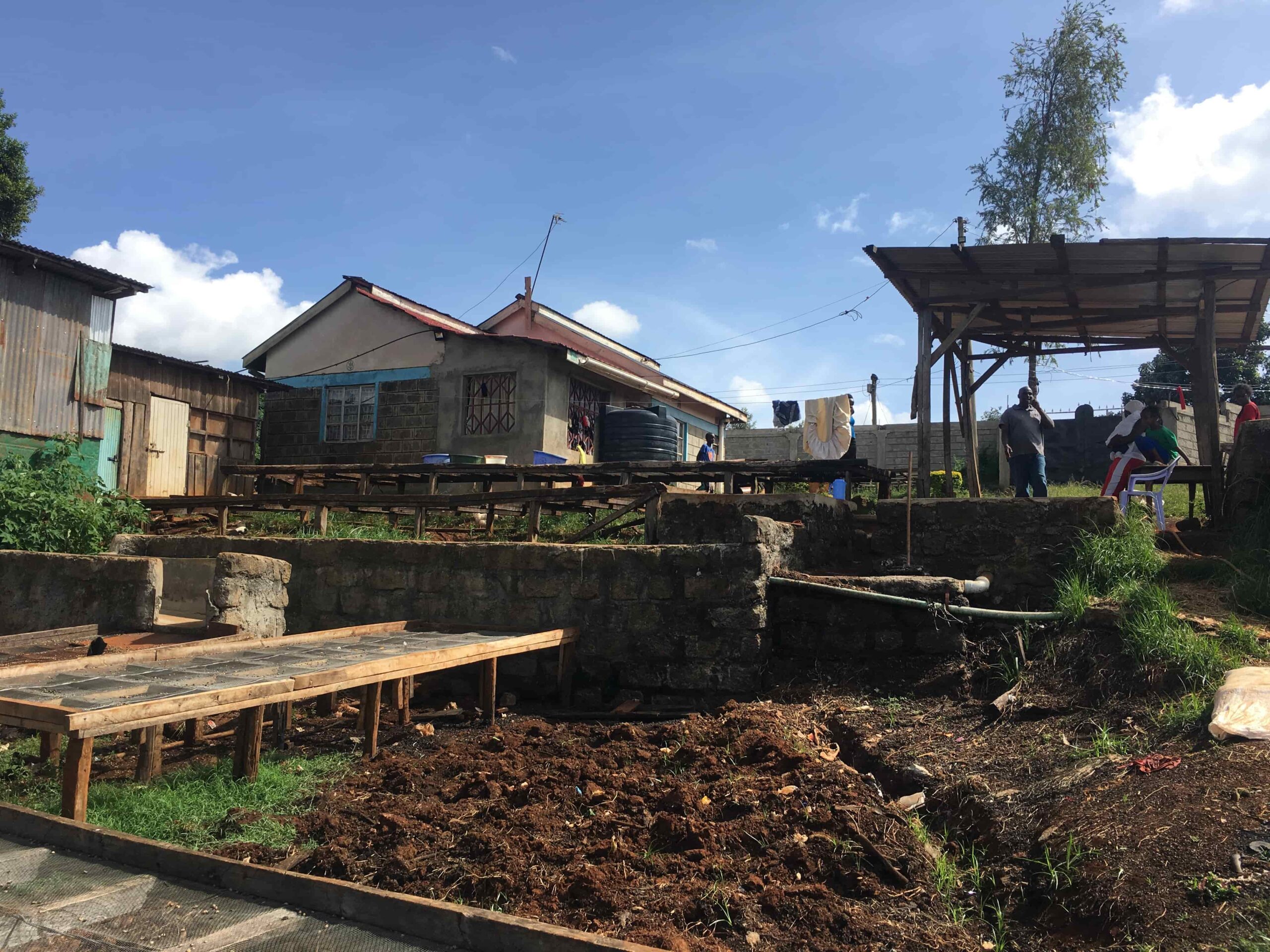
The coffee region of Kiambu has 7 coffee growing districts These districts are home to 147,870 inhabitants and cover an area of 2,449 km². These districts are home to more than 50,150 families that cultivate approximately 18,827 hectares of Arabica coffee of the SL28, SL34, Batian and Ruiru11 varietals,ranks 1st as the country’s coffee-growing region with a production of 32.06% of the country’s total production.
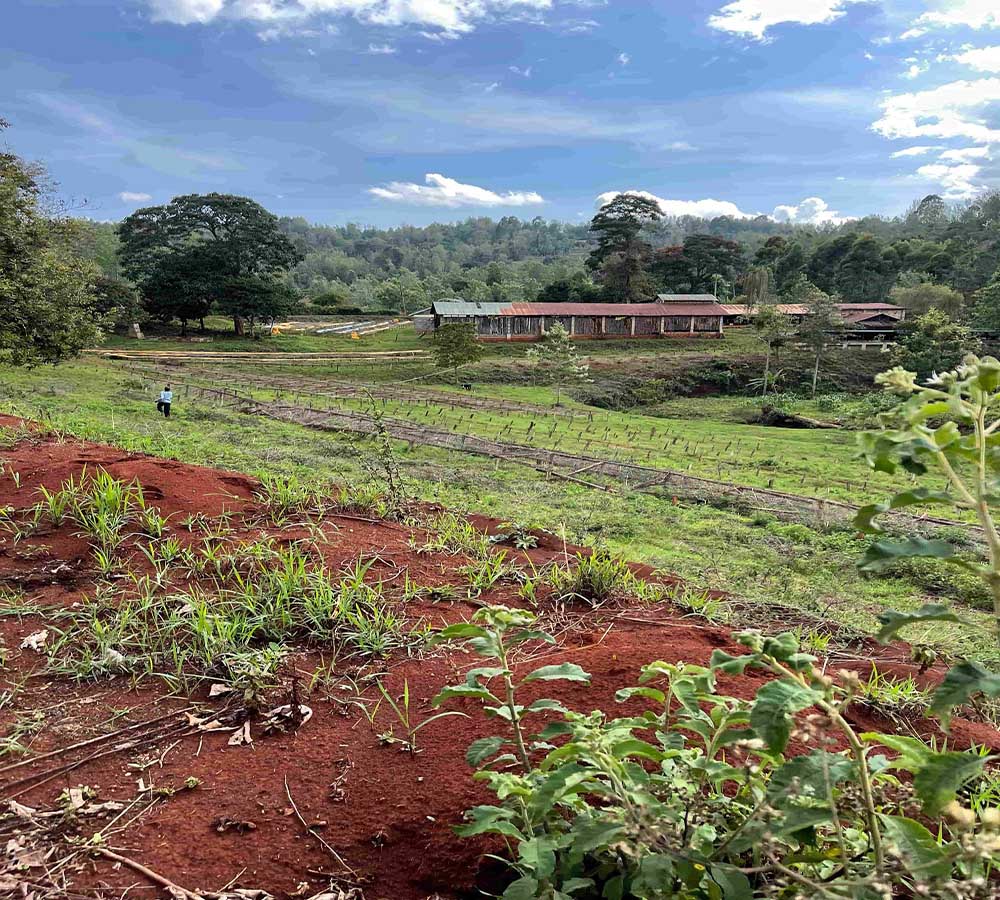
The Coffee region of Kirinyaga is located near Mount Kenya, the coffees of this region develop slowly in cold temperatures. It has an estimated population of 528,054 inhabitants and an area of 1,205.4 km², in this region some 54,050 families cultivate more than 7,835 hectares of Coffee of the Arabica variety of the Varietals SL 34, SL 28, Ruiru 11 and Batian. Kirinyaga is the 3rd largest coffee growing region in the country.
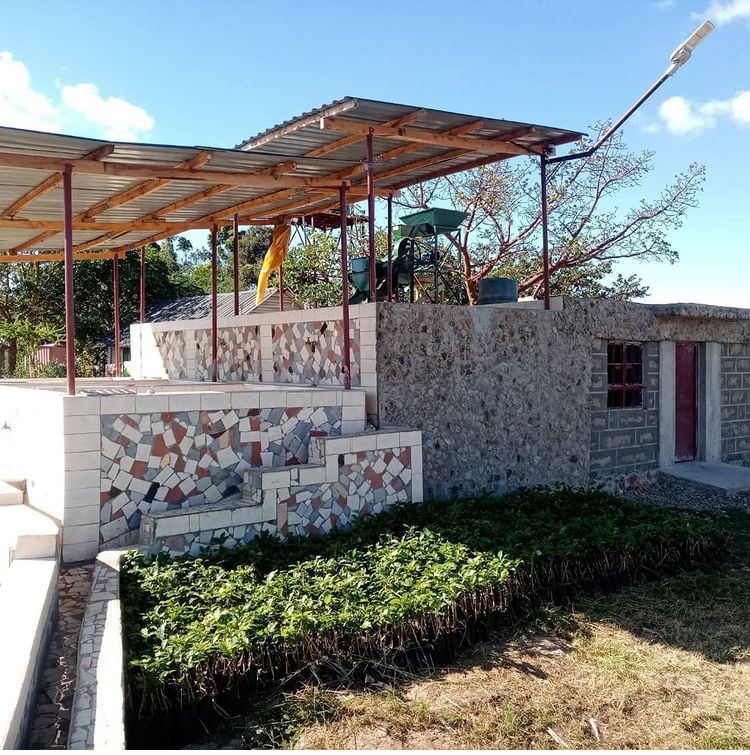
The coffee growing region of Machakos is home to 1.4 million inhabitants and covers an area of 5,952.9 km². More than 41,900 families are involved in coffee growing. In the Machakos region some 10,139 hectares of arabica coffee of the SL 34 and SL 28 varietals are cultivated, occupying the 9th position as the country’s coffee growing region with a production of 7.48% of the country’s total production.
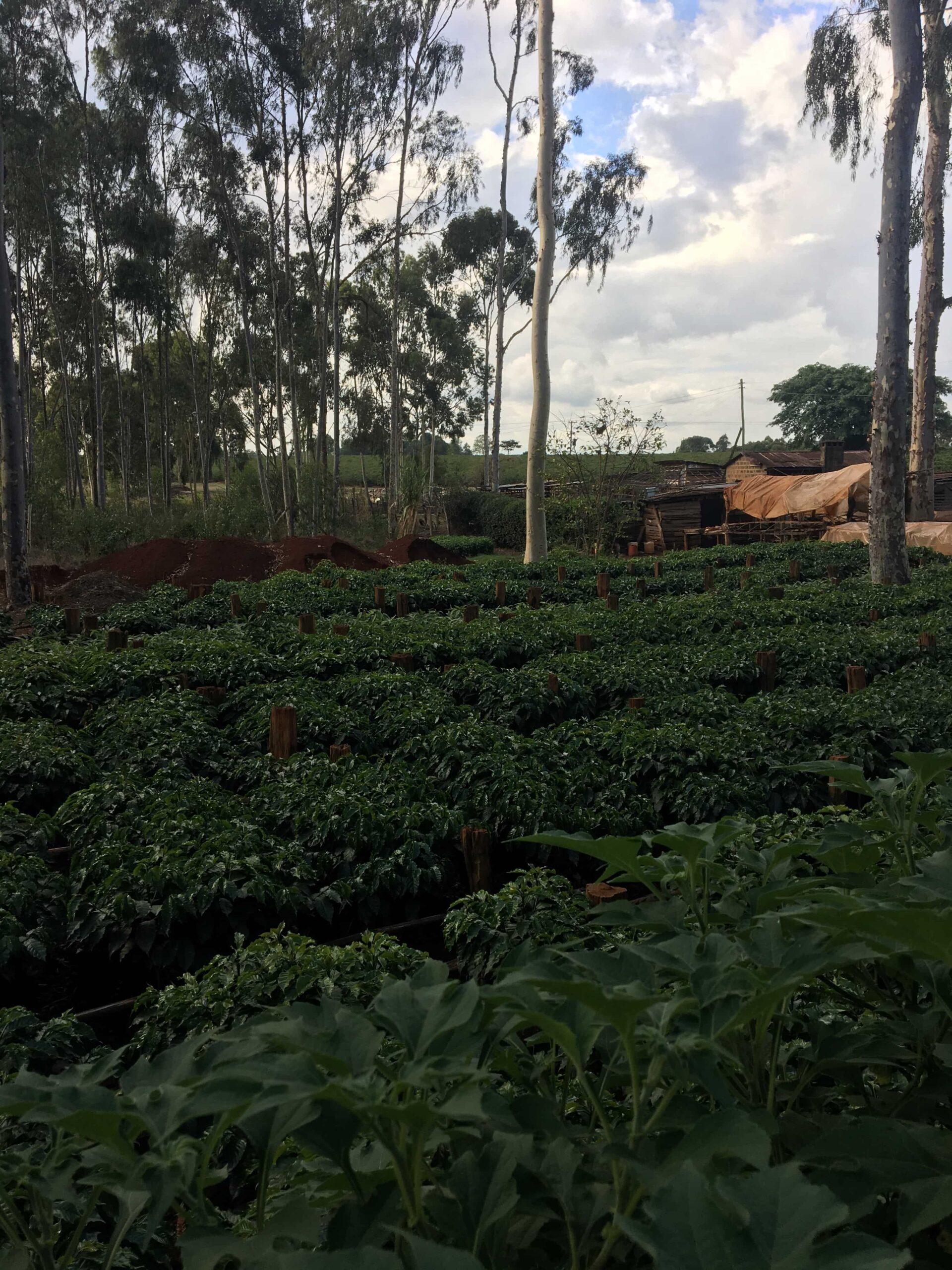
The Coffee region of Murang’a has an estimated population of 156,640 inhabitants and an area of 2,325.80 km², 77,801 inhabitants of this region are engaged in Coffee cultivation.
Murang’a has more than 14,555 hectares dedicated to the Cultivation of Arabica coffee varieties SL28, SL34, Batian and Ruiru 11.
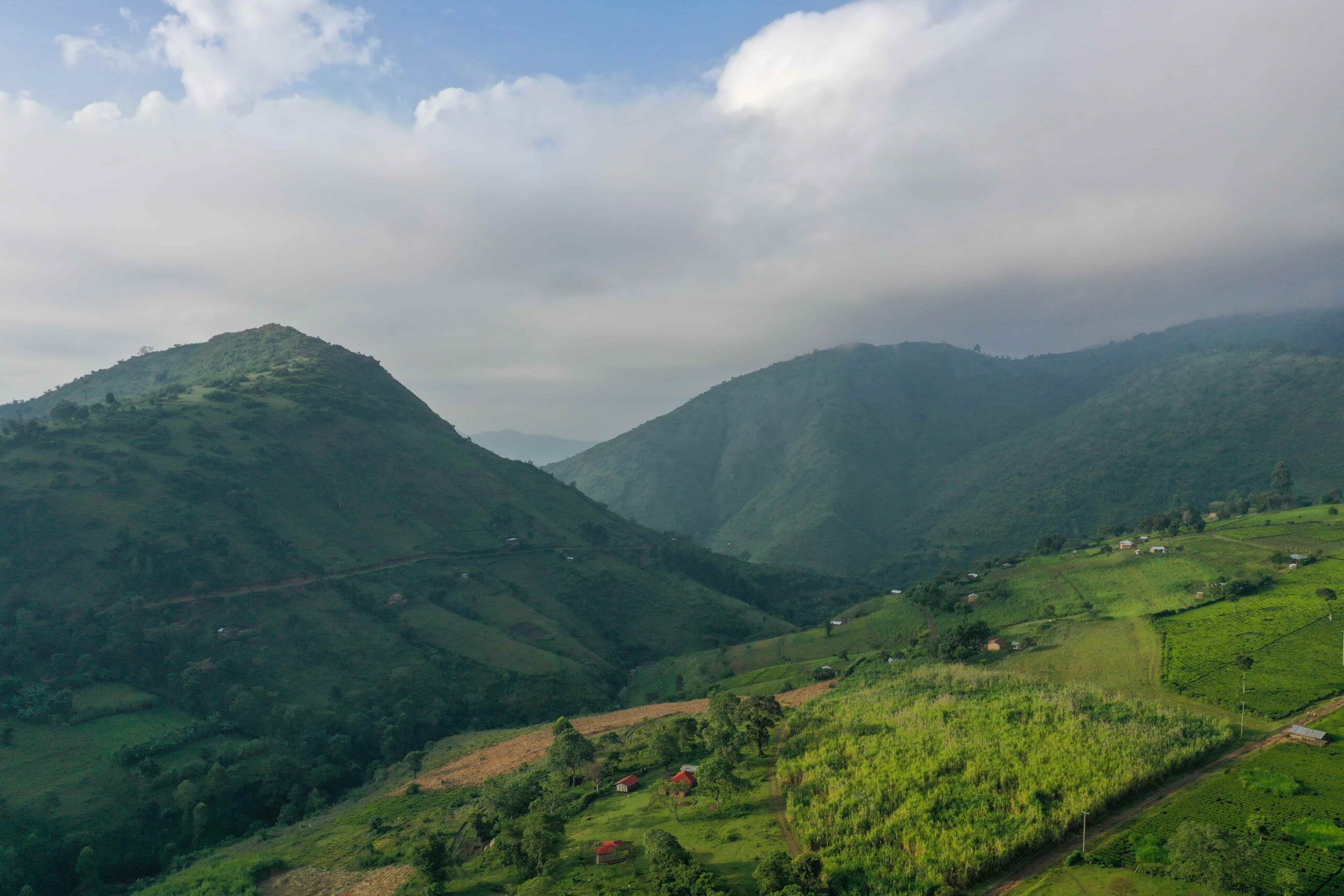
Nandi Coffee Region is located in the southwest of the country, in the Rift Valley, with an estimated population of 1.7 million inhabitants and an area of 5,359 km².has 7 Coffee Districts in which more than 12,000 hectares of Arabica coffee of the SL28, K7, Ruiru11 and Batian, Kericho & Nandi Hills varietals are cultivated. is the 8th largest coffee growing region in the country.
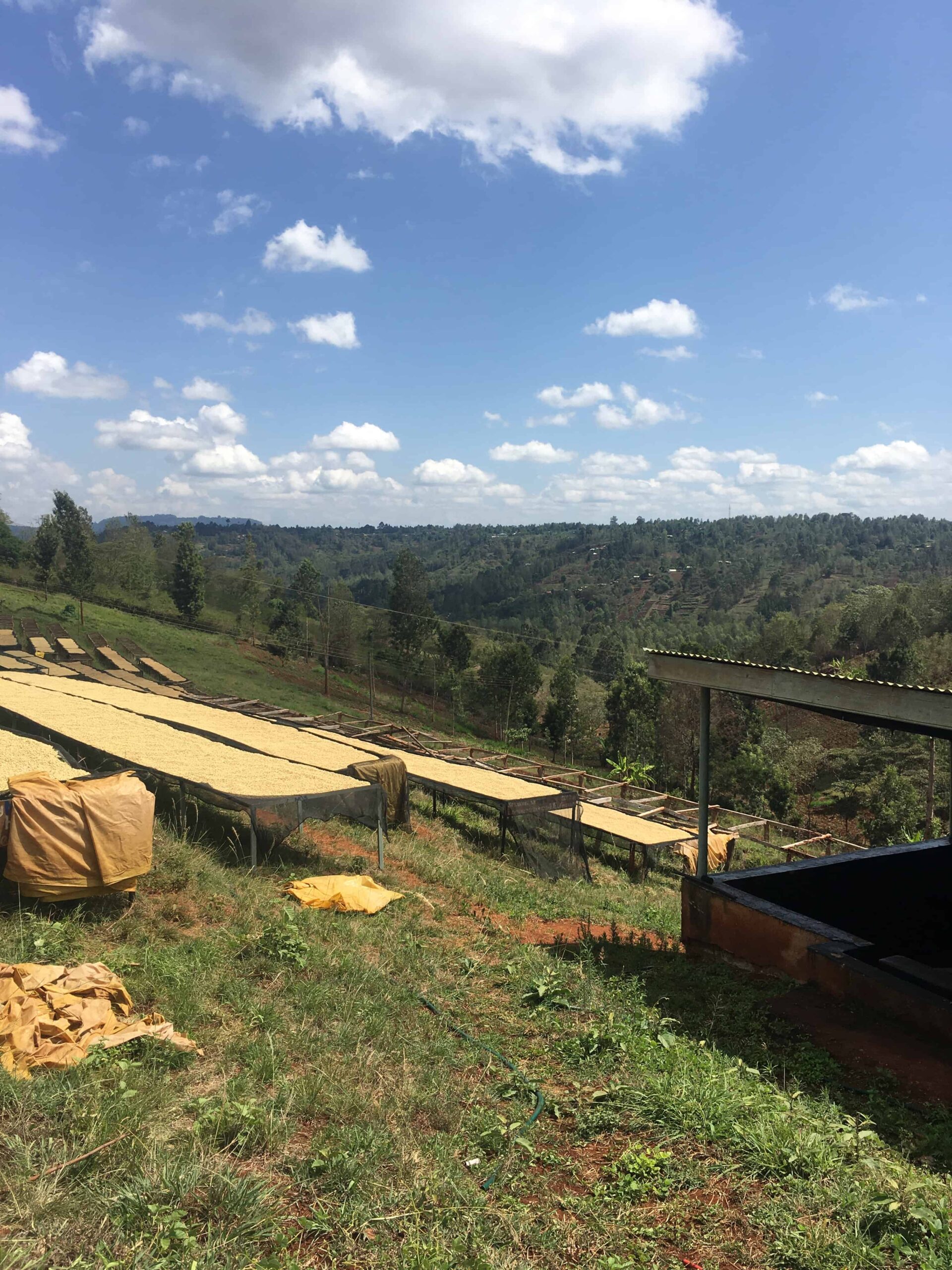
The coffee-growing region is located north of the capital of Kenya, with an estimated population of 695,558 inhabitants and an area of 3,3371.1 km². has 7 Coffee Districts that are home to more than 78,000 families that cultivate more than 12,480 hectares of Arabica coffee of the SL28, K7, Ruiru11 and Batian varietals, Nyeri is the 2nd largest coffee growing region in the country.
